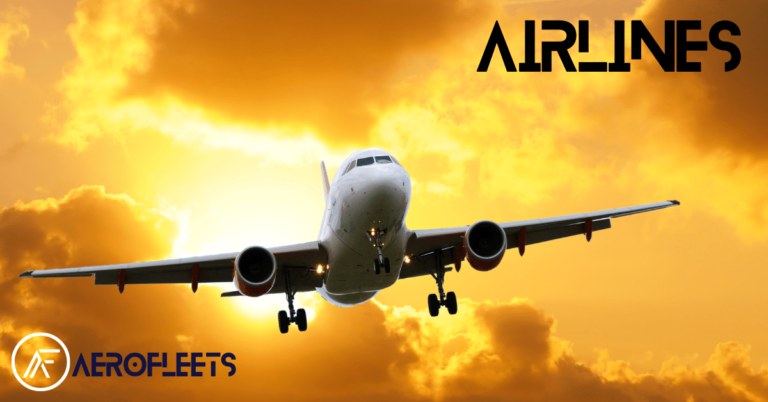General aviation, or GA, is a broad term that encompasses all activities of aviation that are not related to commercial air transport (such as air freight or passenger flights). From recreational flight to private business travel and from agricultural operations to flying medical supplies, general aviation has a wide variety of applications. In this article, we will explore the world of GA, discussing the benefits it offers, the different types of aircraft used, safety considerations, and more.
What Is General Aviation?
General aviation includes activities beyond commercial air transport, such as private and business flights, sightseeing, aerial photography, agricultural operations, model aircraft operation, aerial firefighting, and medical aid flights. In addition, GA can include flying competitions, parachute jumps, pilot instruction, and aircraft maintenance.
General aviation aircraft come in all shapes and sizes. They can range from large jets used for business travel to small planes used for crop dusting and recreational flights. Regardless of the size or type of aircraft, all general aviation has the same goal: to safely and efficiently get people and goods from point A to point B.
Benefits of General Aviation
General aviation offers many benefits to those who use it. From providing a fast, efficient way to travel to enabling people to explore new places, there are numerous advantages of flying with GA.
One of the biggest advantages of GA is speed. Private airplanes can fly at much higher altitudes than commercial airliners, allowing them to get to their destination faster. Additionally, GA aircraft can often land in smaller airports, making them more convenient for travelers who want to avoid larger, busier airports.
In addition to being fast, GA aircraft also provide a great way for people to explore the world. With GA, people can go to places that commercial airlines don’t service. This allows for amazing trips to remote places and a chance to see parts of the world that other people don’t often get to see.
Types of General Aviation
General aviation aircraft come in all shapes and sizes. The most common types of GA aircraft are single-engine airplanes and multi-engine planes. Single-engine planes are the simplest type of aircraft and are typically used for recreational and business flights. Multi-engine planes are more complex, and are typically used for charter flights and cargo transport.
In addition to these two types of aircraft, GA also includes helicopters, gliders, gyrocopters, and autogyros. Helicopters are used for various activities, such as medical aid, search and rescue, firefighting, and sightseeing. Gliders and gyrocopters are used for recreational flights and aerial photography. Finally, autogyros are small, single-seat aircraft that are typically used for recreational flights.
Aircraft Safety in General Aviation
Safety is an important factor for all types of aviation, and general aviation is no exception. Every type of aircraft requires the pilot to abide by certain safety protocols and procedures, and GA pilots must be trained to recognize and react to potential dangers.
In addition to being aware of potential dangers, GA pilots must also stay up to date on weather conditions, aircraft maintenance, and aircraft performance. Staying informed and vigilant is essential for pilots to ensure the safety of themselves as well as those around them.
Finding an Instructor
Before a person can fly a GA aircraft, they must first obtain a license. For this, they need to find an instructor who is certified to give flight instruction. The instructor should be knowledgeable and experienced in the type of aircraft they are teaching and in the laws and regulations of the area they are flying in.
Instructors can be found through various online directories, such as the Aircraft Owners and Pilots Association, or through word of mouth. It is important to find an instructor who is certified, knowledgeable, and experienced in order to ensure the safety and success of the student pilot.
Obtaining a License
Once a person has found an instructor, the next step is to obtain a license. To get a license, the student must pass a written exam as well as a flight exam. The written exam tests the student’s knowledge of aviation regulations, aircraft systems, and aeronautical principles. The flight exam tests the student’s ability to pilot the aircraft safely and efficiently.
After the student passes both exams, they will receive their license and be able to fly in general aviation.
Pros and Cons of General Aviation
General aviation offers a number of benefits, including speed, convenience, and the ability to explore the world. However, it also has some drawbacks. GA aircraft are often more expensive to operate than commercial airliners, and they require more training than just a basic pilot license. In addition, GA flights may be limited to certain types of airspace, depending on the aircraft and the pilot’s experience.
Exploring the Skies with General Aviation
General aviation provides a unique way to explore the world. With GA, people can visit remote places, explore new cultures, and experience a different perspective on the world. It is an exciting and rewarding way to experience the world, and it can be a great way to make memories that will last a lifetime.
General aviation is an exciting and fascinating way to explore the world. From private flights to recreational use, GA offers a number of different applications. To ensure a safe and successful flight, pilots should be well-trained and knowledgeable about the different types of aircraft and safety regulations. With the right training and preparation, anyone can experience the joys of general aviation.





0 Comments